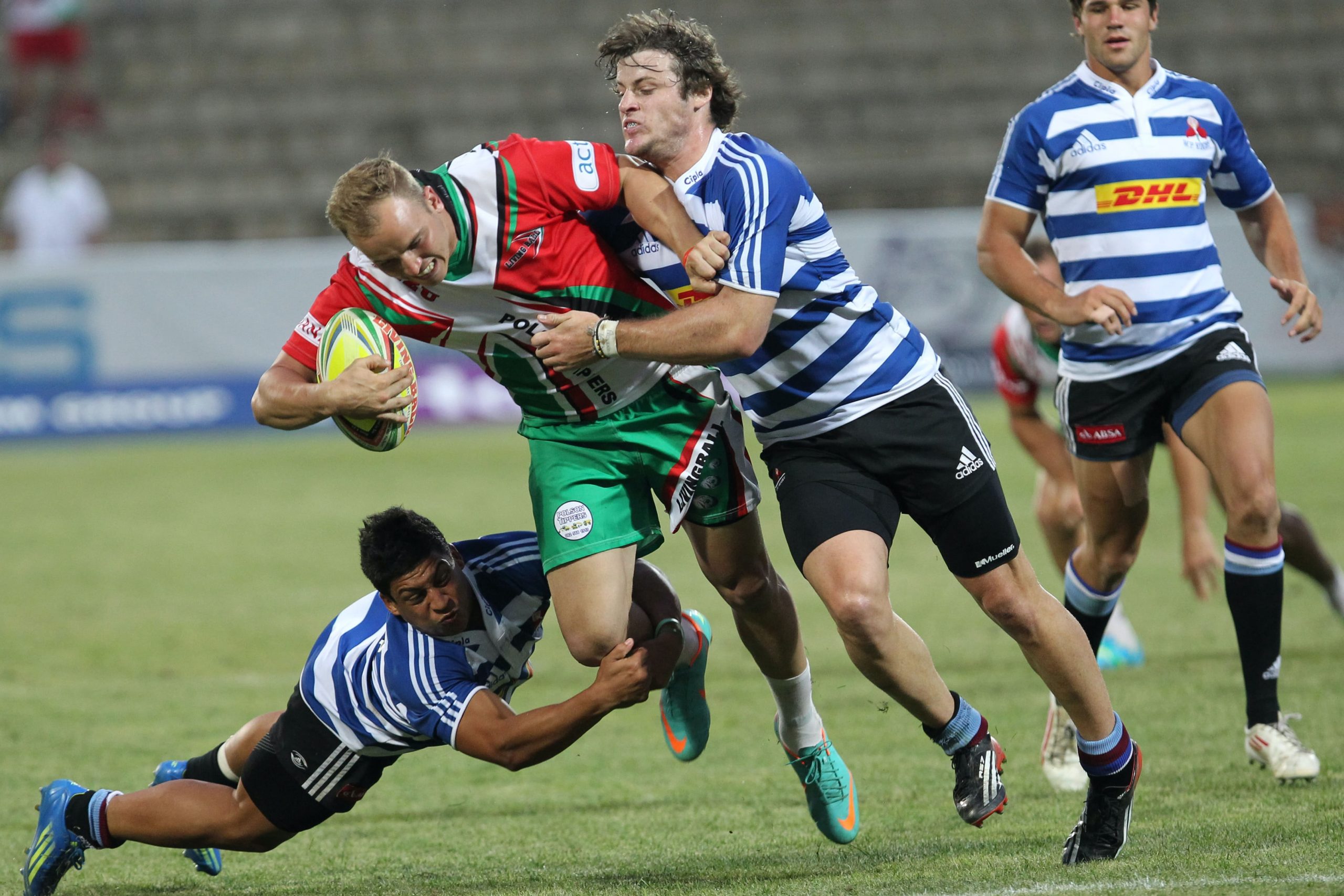It may come as no surprise that injuries are commonplace in rugby. The nature of the sport can cause external and internal damage, much of which can be difficult to detect. But that’s where ultrasound comes in.
The latest ultrasound technology can be used to identify a wide range of conditions and injuries. Here we take a closer look at the common rugby injuries that can be detected using an ultrasound scan.
Concussion
Concussion is widespread within the sports world. The most up-to-date and sophisticated ultrasound scanners however are now being used to recognise concussion. Previously only MRI could detect concussion.
These specialised machines map blood flow in the brain. By detecting blood flow changes commonly associated with concussion, rugby players and other sportspeople can access an easier, cheaper and more portable way to diagnose the condition.
Muscle and ligament damage
The muscles and ligaments of rugby players can easily become overstretched, which is why sprains and strains are common in this contact sport.
Whether sustained in a match or training session, a muscle or ligament strain or sprain can impact mobility and strength. Ultrasound technology can image muscles, joints and tendons, and subsequently identify damage.
Tendinitis
The inflammation of the tendons (known officially as tendinitis) can be particularly damaging to a rugby player. It has been connected with the overuse of tendons, but can easily be diagnosed via ultrasound scan.
Medical imaging will help to identify the thickening, dislocation and tearing of tendons, three symptoms associated with tendinitis. In tennis, tendinitis is known as rotator cuff injury, which is notoriously difficult to diagnose without ultrasound scanning.
Do you specialise in ultrasound? Whether you’re an NHS Trust or private imaging facility, we can support your ultrasound technology with our tailored service agreements, rapid response and technical support. Contact us today for further information.
